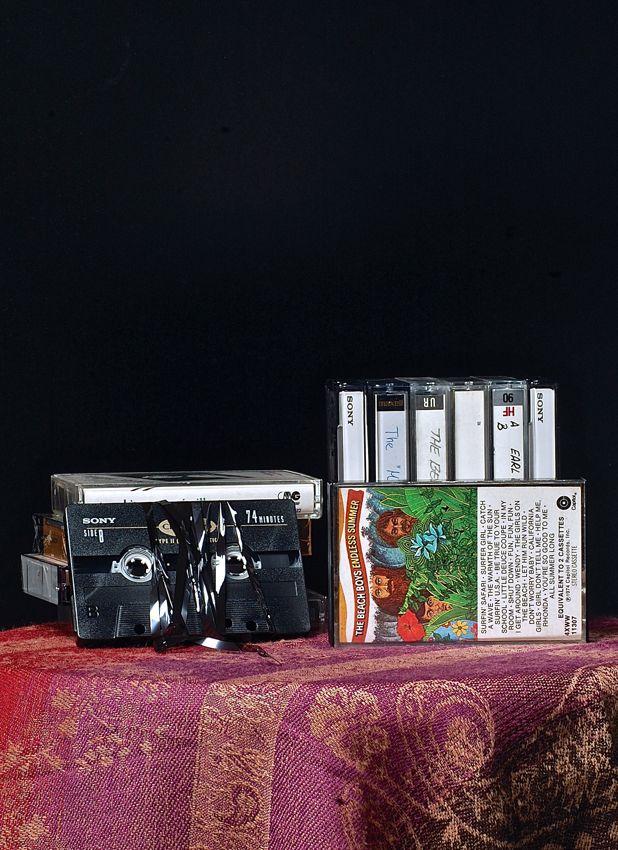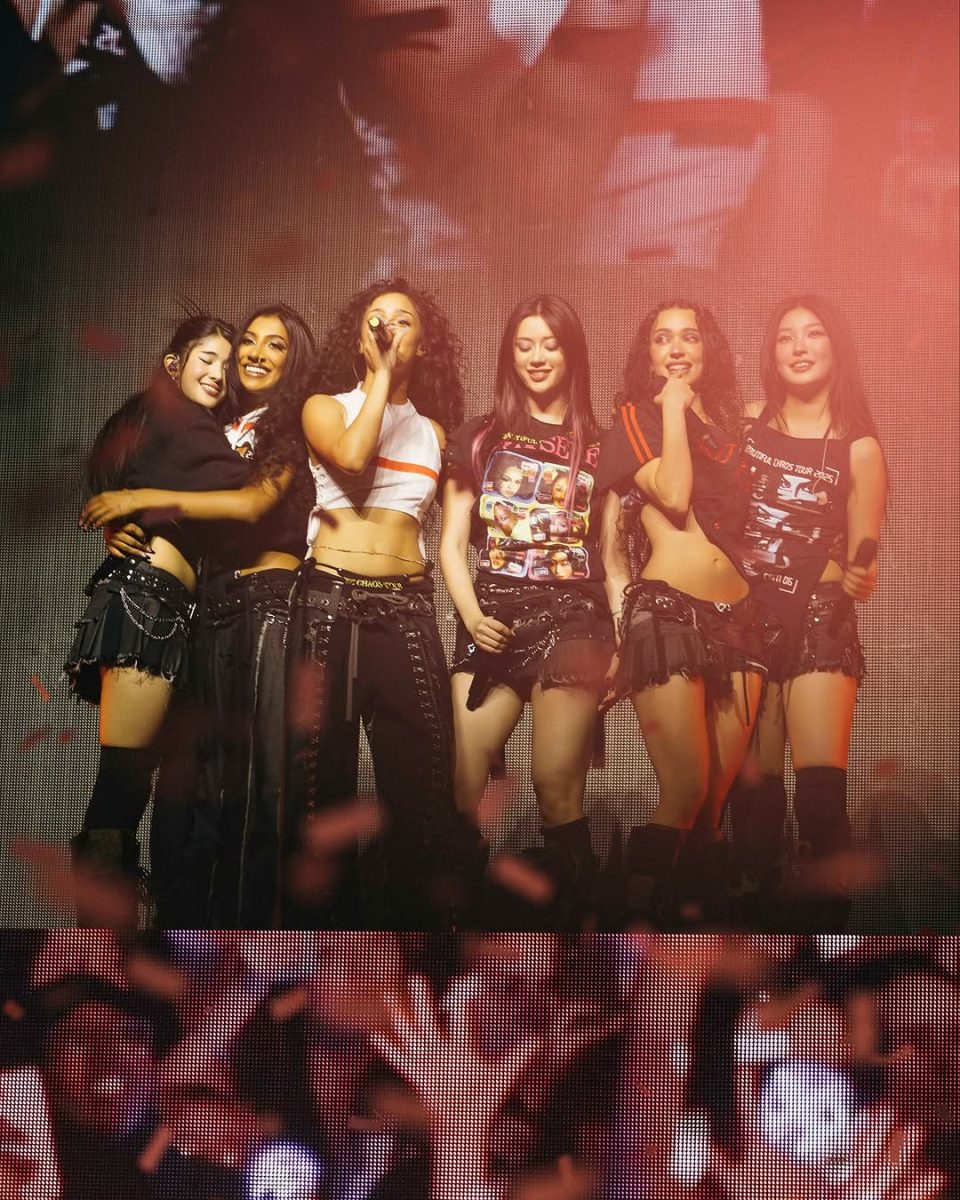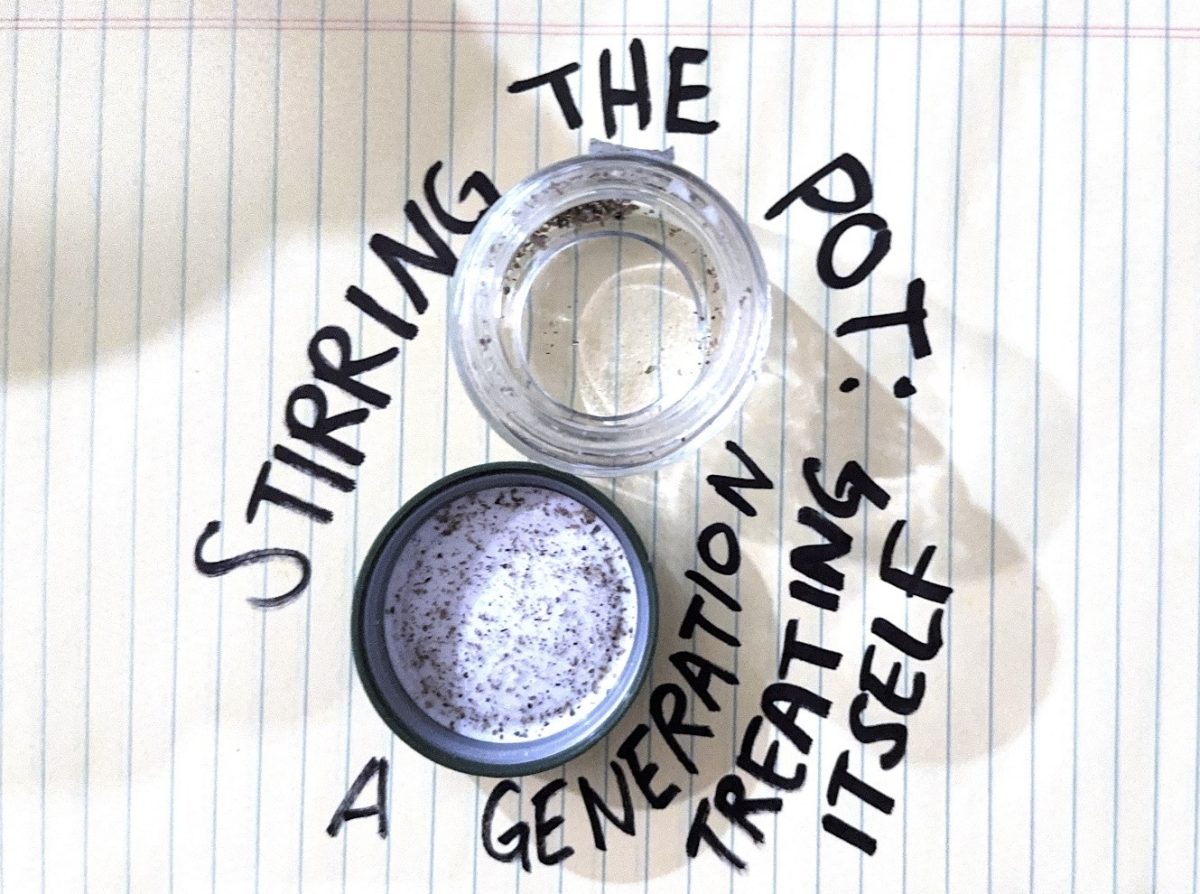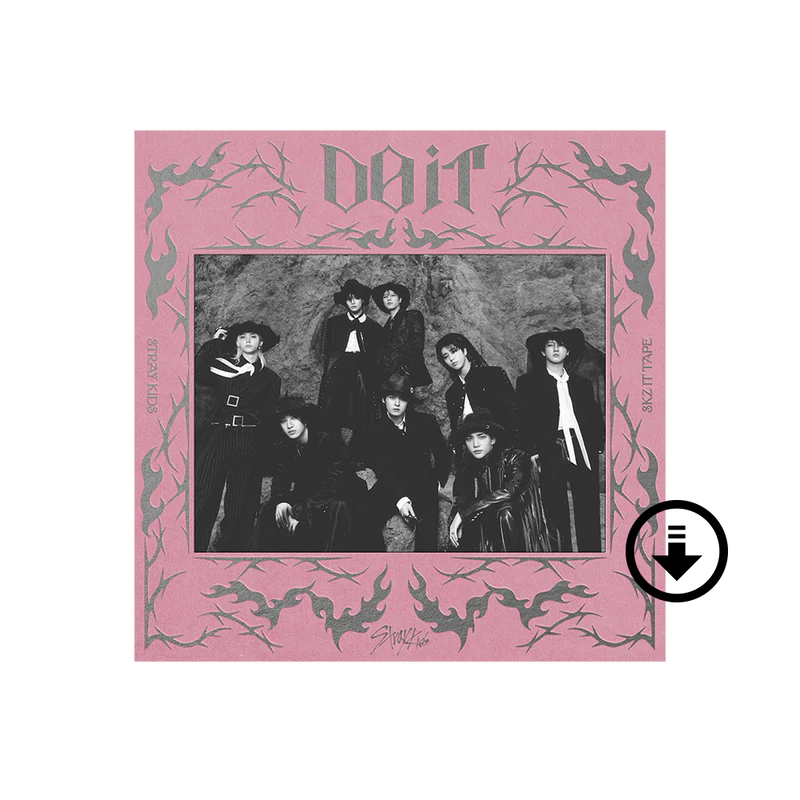
By Fredrick Balian, contributor
Earlier last year, a record company by the name of Penniback Records was founded and created to give local bands recognition by promoting their music. But what sets this company aside from others, is that they gear towards mainly releasing music on cassette tapes, a music medium format that many thought had been long extinct.
Since then, label Penniback Records has produced three albums, selling over 750 copies. Penniback has sold these albums in established record stores, such as Amoeba Music and Burger Records, which Penniback Records co-founder Luis Ho says is “the mecca of revival” for cassettes.
Though vinyl records have made a significant comeback in recent years, selling over 780,000 records last year, online music still leads the way. However, there’s a possibility the comeback of the cassette tape may be just as prosperous and successful as the vinyl.
Many people credit the nostalgia to making a mixtape for a crush or a friend as to why cassettes are making a comeback, but even though cassette players are becoming more scarce, yet somehow the format seems to prevail.
Even the Oxford English Dictionary recently removed the term “cassette player” from its concise version. While older generations may be happy to say goodbye to the format, with its tangled tape and poor music quality, some music connoisseurs disagree.
Many music professionals such as Billy Sprague, owner a boutique tape and vinyl label based in Oakland called Sanity Muffin, said cassettes are likely to make a comeback.
“The hiss and flat tones are part of the ‘auditory experience’ that makes cassettes a superior source of acoustical sound,” Sprague said.
Yet the cassettes’ warm sound may be just what is missing for people who have only listened to digital music all their life.
Another reason for the regeneration of tapes is it gives independent artists a new, cheap way to produce physical copies of their music. Tapes cost about $2.50 apiece to produce, then sell for $5 to $7. In comparison, vinyl costs about $9 to make per record and tend to sell for a much higher price.
“It gives bands way more flexibility,” Sprague said. Labels, like Penniback, are returning to this medium as a more cost-effective way to promote local artists they love. This cheaper way of music production has not only been popular in the U.S. but overseas as well.

Earlier this month, Los Angeles magazine highlighted Jacknife Records & Tapes, a music store located in Atwater Village. This store in particular, carries thousands of cassette tapes for sale, further proving that the format is still alive and kicking.
This past September was the second annual International Cassette Store Day. This event was first established in the UK, then spread to the U.S. by Burger Records. Participating stores are still tallying the numbers, but according to Burger Records, “Cassette day was a huge success.”
Los Angeles-based artist, Deb Demure, also known as “Drab Majesty,” recently played an album release show out of Echo Park’s Lollipop Records in promotion of his album “Unarian Dances,” which was released through limited edition cassette tapes.
While the music itself is exceptionally great, the format in which it was delivered, being the high-bias transparent red cassette tapes, were so well received, the tapes sold out on the artist’s promotional page.
Lollipop Records, along with Kill/Hurt Records, Orchid Tapes and Bufu, which is based in Boston, are all record labels who have been gearing toward mainly releasing music on tape cassettes.
Big name artists such as the Flaming Lips, Animal Collective, the Pixies and Haim have also embraced the tape format for some of their most recent releases.
The great thing about having music on mediums like vinyls and cassettes is that it brings about a classic, nostalgic physical approach that comes with listening to the music. This way, the listener not only gets to physically hold the music in their hands but they are also somewhat forced to listen to the album in the order the artist intended them to do so.
Even though cassette sales are still low, making up around 10 percent of all music sales, there is a lot to be said for what started this movement.
For many artists, bands and even independent record labels like Penniback, this is a huge plus, showing a bright and consistent future for the music medium.
Contributing reporting by Neelofer Lodhy











